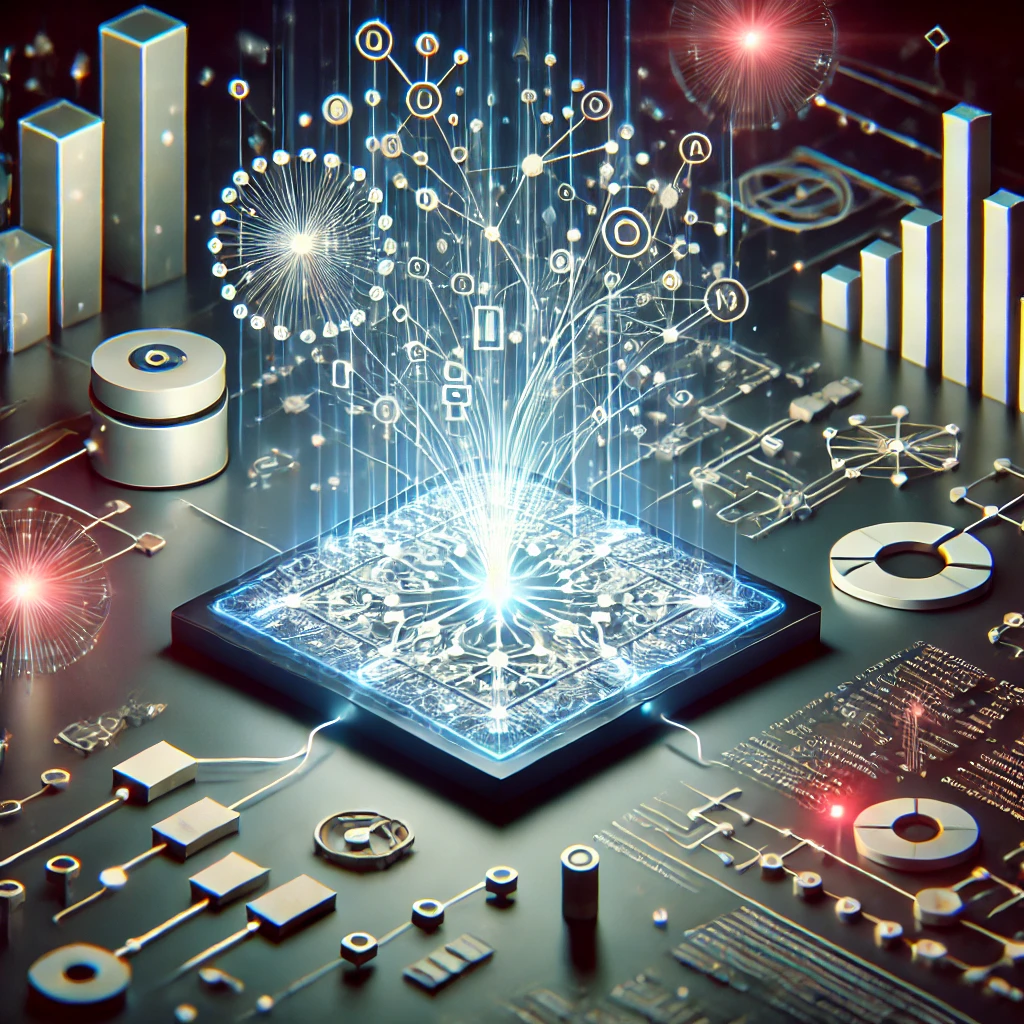In traditional machine learning, models are typically trained using large datasets where each input is mapped to a predefined output. The model learns by minimizing the error between its predicted output and the actual target values. However, a more advanced approach to machine learning involves models that can learn from their own outputs in real-time, creating feedback loops. This approach is closely related to self-supervised learning, reinforcement learning, and active learning. These methods enable models to improve continuously by evaluating and refining their own predictions and actions.
But what is the term for models that learn from their output? The answer lies in a variety of names depending on the context, but self-supervised learning, active learning, and reinforcement learning are key concepts, each with slightly different mechanisms for learning from model outputs.
Key Concepts in Models That Learn from Their Output
1. Self-Supervised Learning
Self-supervised learning (SSL) is a form of machine learning where the model generates labels from the input data itself, learning from its own predictions. In this scenario, the model is effectively learning from its outputs. A common example is predicting part of the data from other parts, like filling in missing words in a sentence. Models like GPT (Generative Pretrained Transformers), including ChatGPT, use self-supervised learning during pretraining, learning patterns in text by predicting missing parts and fine-tuning from their outputs.
In SSL, the learning process becomes more active because it doesn’t require large amounts of manually labeled data. Instead, the model generates tasks and learns from its predictions, making it particularly useful for scenarios where labeled data is scarce.
2. Reinforcement Learning
Reinforcement Learning (RL) is another form of model training that involves learning from actions and their outcomes. In RL, the model, or agent, interacts with an environment, makes decisions, and receives feedback based on its actions. The model learns to improve by adjusting its behavior to maximize cumulative rewards over time.
Here, the learning process is highly active—the model is constantly engaging with its environment, learning from its output (the consequences of its actions). This feedback loop allows the model to refine its behavior autonomously, making it well-suited for applications such as robotics, game playing (e.g., AlphaGo), and decision-making tasks.
3. Active Learning
Active learning is a strategy where a model selectively chooses the data from which it learns. Instead of passively being fed training data, the model actively queries for information that it finds uncertain or difficult to classify, learning more efficiently from its predictions. This approach involves the model learning from its output by identifying areas where it struggles and focusing on those areas to improve.
This makes active learning particularly useful in situations where labeling data is expensive or time-consuming, as it allows the model to learn faster by focusing on the most informative examples. This active engagement helps the model become more efficient in terms of both performance and resource use.
Mechanisms Behind These Learning Models
These models incorporate feedback mechanisms to refine their predictions over time:
- Self-supervised learning models: Leverage their own outputs as part of the training process to learn representations without human intervention.
- Reinforcement learning models: Learn by receiving feedback from the environment, using their actions to adjust future decisions.
- Active learning models: Actively decide from which data they should learn based on their own uncertainty, making them more efficient at gaining knowledge.
Benefits of Models That Learn from Their Outputs
- Efficiency: These models do not rely heavily on human-labeled datasets, making them more scalable.
- Continuous Learning: With real-time feedback loops, these models can improve over time without requiring retraining from scratch.
- Real-World Applicability: Such models excel in dynamic environments where data availability or labeling is a challenge, such as robotics, autonomous vehicles, and natural language processing.
- Cost-Effective: By reducing the need for extensive labeled datasets, the cost of model development is significantly lowered.
Are These Models More Active?
Yes, models that learn from their output can be considered more active. Unlike traditional models, which passively learn from static datasets, these models are involved in an ongoing feedback loop, continuously evaluating and improving their performance. Their learning process is driven by real-time interactions with either their environment, their predictions, or selectively chosen data points.
- Self-supervised learning reduces dependence on external data labels and lets models actively generate tasks.
- Reinforcement learning drives continuous improvement by taking actions, evaluating outcomes, and optimizing behavior over time.
- Active learning allows models to guide their own learning by focusing on data that challenges them, making the learning process more proactive.
Conclusion
Models that learn from their outputs represent a shift from passive to more active forms of machine learning. These methods—self-supervised learning, reinforcement learning, and active learning—make it possible for models to continuously improve through interaction with their environment, predictions, or selectively chosen data. As AI systems become increasingly autonomous, the ability to learn from outputs will play a critical role in advancing machine intelligence across a wide range of fields.
[SEO optimized]
